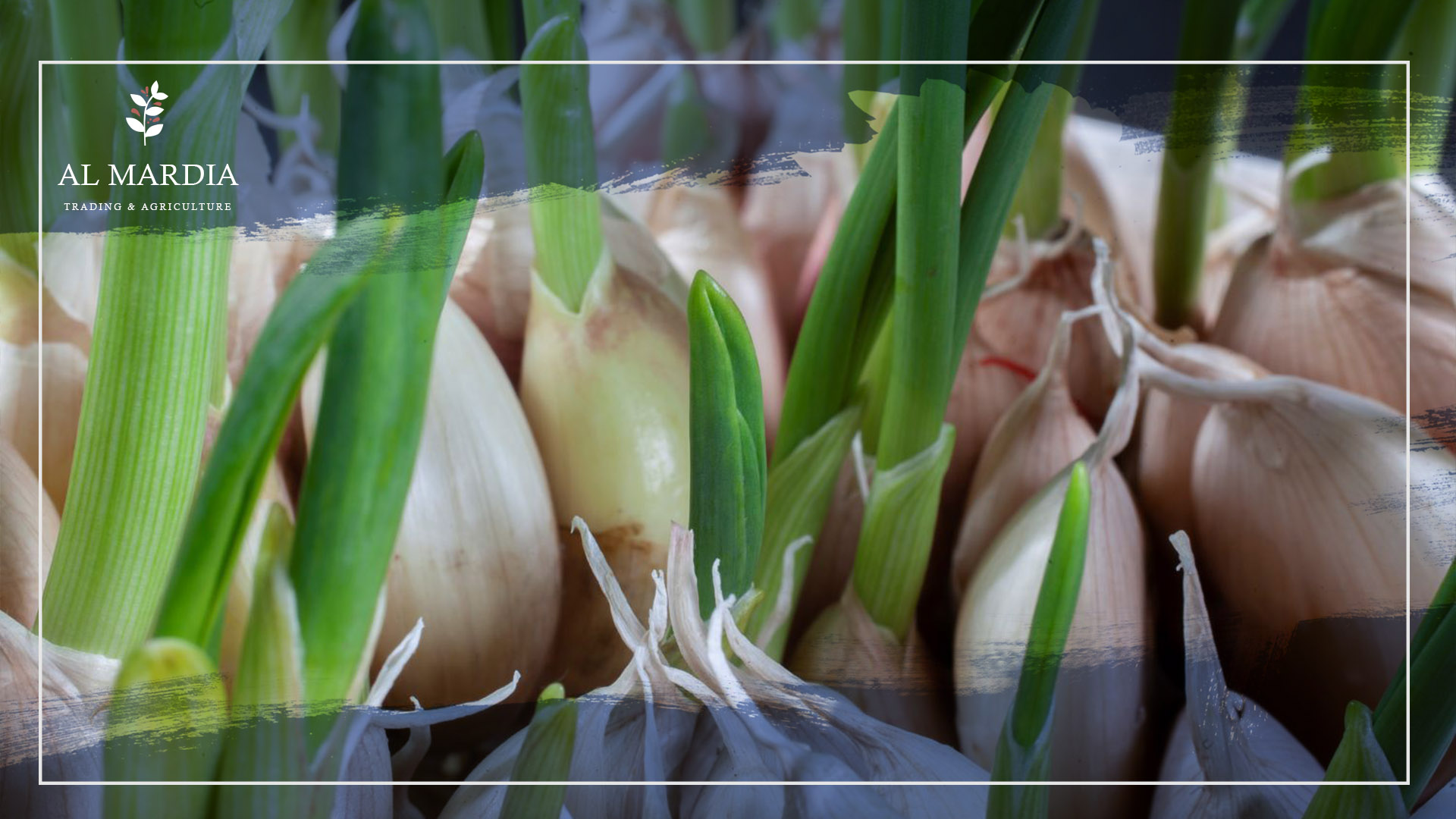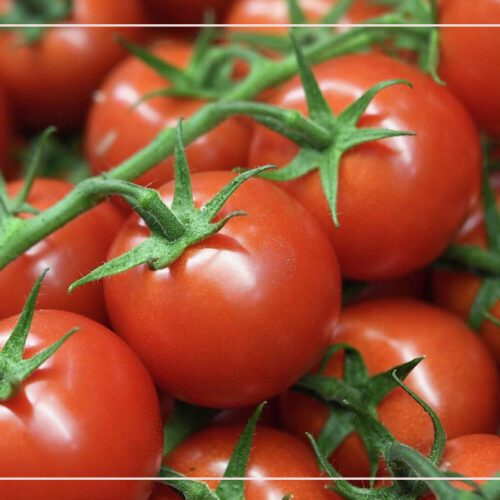
Complete Guide for Growing Garlic
Planting garlic during the autumn months has many advantages. Garlic is a hardy crop that can withstand cold temperatures and can be planted in the late summer or early fall. It also requires minimal maintenance, making it an ideal crop for both experienced and novice gardeners. Moreover, garlic is known to have many health benefits such as reducing cholesterol levels, improving immunity, and fighting cancer cells. In this article, we will explore the various benefits of growing garlic during the fall season.
Garlic growers need to be mindful that fall is an ideal period for planting if they are seeking bigger bulbs compared to those planted in the spring. Experienced garlic cultivators are aware of this fact.
They offer a wonderful flavor to any type of dish, be it a stir-fry or salad. Moreover, this plant has many culinary uses and also works as an effective insect repellent due to its strong aroma.
Why Garlic?
- Garlic is classified as a part of the Allium genus, which also includes onions, shallots, leeks, scallions, and chives in its classification.
- Growing garlic in your garden is an ideal way to ensure a steady supply of food throughout the winter. It is both cost-effective and easy to maintain.
- With proper curing and storage techniques, garlic heads can remain viable in the kitchen for a considerably longer duration than most other vegetables harvested from the garden, thus providing extended culinary utility.
- Furthermore, the strong smell and taste of garlic are generally disliked by mammals such as squirrels, meaning they will keep away from garlic plantings and other nearby vegetables.
- Planting garlic from cloves is much easier and more feasible than attempting to cultivate it through garlic seeds.
Preparing Soil
Garlic can be successfully cultivated both in the ground and in elevated beds. To ensure optimal growth, it is essential to ensure that the soil is rich in nutrients and has a loose structure. Adding ample amounts of compost before planting will help to enhance the soil quality significantly.
Composting is essential for growing garlic as it is the ideal medium for supplying needed nutrients and aerating the soil, promoting healthy bulb growth. Loosening the soil can dramatically improve your garlic harvest, making compost a great partner for gardening with root crops. We can use Humemax, a product derived from citrus fruit, which fixes aerobic nitrogen and enhances the root system.
Gardeners may sprinkle a few inches of manure on their garden along with ash, greensand, or something containing potassium in it. Additionally, bone meal or phosphate rock aids in supplying phosphorus which is very important for garlic stands to succeed.
How to Plant Garlic
- To avoid allium pests and diseases, it is essential to rotate the location of the crops you plant. For instance, do not plant garlic in a place where onions or other members of the allium family were recently grown. This will help ensure a healthy crop yield.
- For the best garlic-planting results, it is recommended to wait until you are ready to plant before separating the cloves from a head of garlic. The easiest way to do this is to pull the head apart using your hands without harming any of the individual cloves.
- When planting cloves, place them root-side down and pointed-side up in furrows. Ensure two inches of soil is covering the top of these cloves. It is recommended that they should be spaced around six inches apart from one another.
- If you live in a particularly wet climate, plant your cloves at the surface and heap two inches of soil over the cloves to create a raised mound that will dry out more quickly. These same guidelines apply to spring planting.
- Fall mulching of garlic is essential, and it is recommended to use at least 5 inches or more. Although it may not prevent the ground from freezing completely, the mulch will help protect the cloves from frost heaves and other weather-related problems.
- Fall is the perfect time to use natural materials for mulching such as leaves or straw. If you amend it with organic nitrogen fertilizer in the spring such as Add Life , then this will serve as a good mulch. Alternatively, you can opt for any other seed-free mulch to achieve desired results.
Garlic harvesting and storing
- Generally, garlic is ready to be harvested during the later part of July. That being said, this can change depending on the particular season and geographical location.
- Garlic is best harvested during summer when the leaves have turned yellow. To ensure the safe extraction of the bulbs, use a garden fork to carefully dig them out. Do not attempt to pull or tug the stalks with your hands as it may result in damage.
- Be careful with garlic you’ve freshly collected, as it’s susceptible to sunburn and this will compromise its flavor.
- To cure garlic bulbs, it’s best to find a dry, shady area with good ventilation. Popular curing spots include porches, under trees, or even in a well-ventilated garage. For best results, spread out your collected garlic cloves in a single layer for optimal drying.
- To ensure optimal storage conditions for garlic, you should maintain the temperature between 55 to 65 degrees Fahrenheit, average relative humidity of 60 percent, and allow for air circulation. If it gets too cold the cloves may start sprouting and if it gets too hot they will dry out.
Related topic
Neem Oil: Magic In a Bottle
Common Questions
-
What kind of garlic is best to plant in the fall?
Chesnok Red Garlic is a hard-neck strain that can be planted and harvested in either fall or spring, depending on the season. If you plant it during fall, you can harvest it in early spring. When planted in spring, harvesting should be done between mid to late summer.
-
How long does garlic need to be cold before planting?
To vernalize garlic, you should keep it in your fridge for at least two or three weeks. Increasing the duration of cold exposure will yield better results. So, aim for as long a period as you can – ideally for up to two months in cold storage.
-
What is the best fertilizer for garlic?
To ensure lush growth and good garlic harvest, it is suggested to fertilize garlic in the early spring using a blood meal or pelleted chicken manure. This should be done just before the bulbs start to swell in response to increasing daylight hours.





